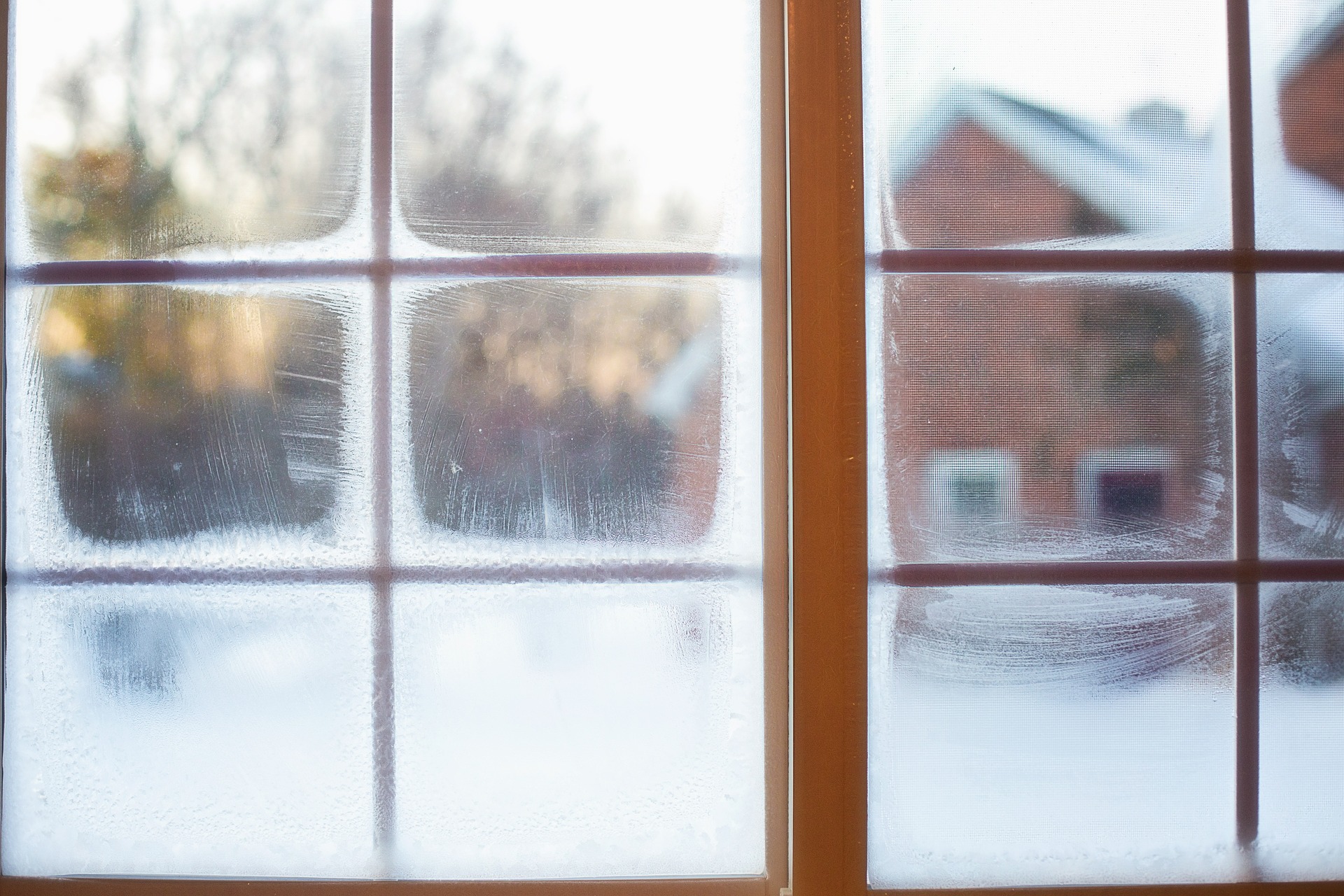It’s critical to be prepared for a hurricane throughout the season, but this is especially true in September, when the season peaks. As Hurricane Florence heads straight for the east coast, many in Virginia are making preparations for when the storm makes landfall. This monster of a hurricane—which at one point was ranked as high as a category 4—has recently weakened to a category 3, but its potential for destruction has not lessened.
Florence is expected to make landfall by the weekend, first edging along the coast and then twisting further inland. What makes the storm risky is the expectation that it will stall, making flooding, siding and roof damage, and threats to life very real concerns. Though you can’t predict what will happen with a hurricane, there are some basic preparations you should make to keep you and your family safe.
Make a Plan for Your Family
The first thing you should do is outline your plan and let everyone know. The Red Cross recommends the following steps:
- Talk to your family, especially children, to let them know a hurricane is coming and what they need to do. This can help lessen anxiety.
- Note the location of your nearest shelter, if you’re in an area that may need to evacuate.
- Gather all of your important documents—insurance papers, passports, birth certificates, and other important things—and make sure they’re in a safe place, such as a safety deposit box.
Listen to NOAA Weather Radio for the latest updates.
Plan for Your Pets
Don’t forget to ensure the safety of your pets in a hurricane.
- Make sure dogs and cats are wearing collars with identification tags.
- Make sure your cell phone number is on ID tags, in case you are separated.
- If you need to evacuate, make sure the shelter will accept pets.
- Bring your animals with you if you leave. If you’re at risk of injury, they will be as well.
- Assemble an emergency kit: leashes, bowls, water, food, and any medical supplies.
- If you have livestock, move them to higher ground if possible.
Gathering Your Supplies
Once you have your plan in place, you should begin assembling your supplies. Even if you aren’t directly in the hurricane’s path, the excess rain it produces could cause flooding and potential power outages. So it’s important to be prepared for anything. The Red Cross recommends you have the following supplies.
- One gallon of water per person, per day, for up to 2 weeks
- Non-perishable, easy-to-prepare food
- Flashlight
- Battery-powered or hand-crank radio (NOAA Weather Radio, if possible)
- Extra batteries
- First aid kit
- Essential medications and medical items
- Multi-purpose tool
- Sanitation and personal hygiene items
- Copies of personal documents
- Cell phone with chargers
- Family and emergency contact information
- Extra cash
- Emergency blanket
- Games and activities for children
- Two-way radios
- Extra set of car keys and house keys
During a Hurricane
It’s important to stay indoors at all times. If the power goes out, use a flashlight, not a candle. Avoid contact with flood water, which could be contaminated.
After a Hurricane: Assessing the Damage
The first thing you should do is let others know you’re safe as soon as you’re able. Once you take care of that, you should:
- Be on the lookout for extended rainfall. Much of the rainfall from the historic 2017 Hurricane Harvey came in the days after the hurricane hit, so it’s important to stay vigilant.
- Learn safety rules about cleaning up after a hurricane.
- Assess your home for any damage, which could include things like roof or siding damage.
- Contact your insurance company to report any claims.
Stay Safe
Though Virginians may not see the worst of Hurricane Florence, make sure you stay alert over the next few days so you’re aware of any sudden changes. No matter what, we’ll likely see lots of rain. Hurricane season lasts through October, so keep these tips in mind as more activity forms in the Atlantic.











Comments